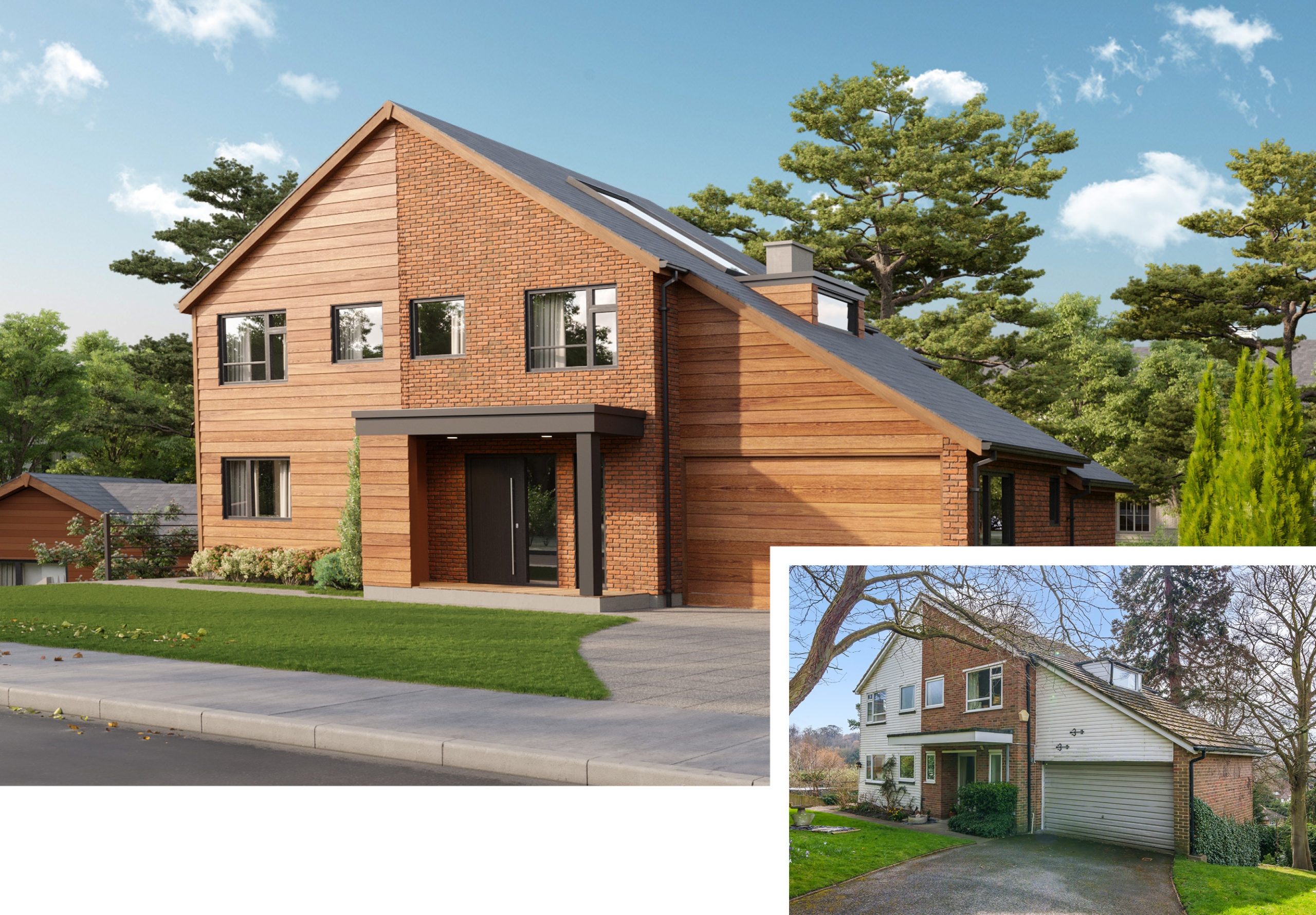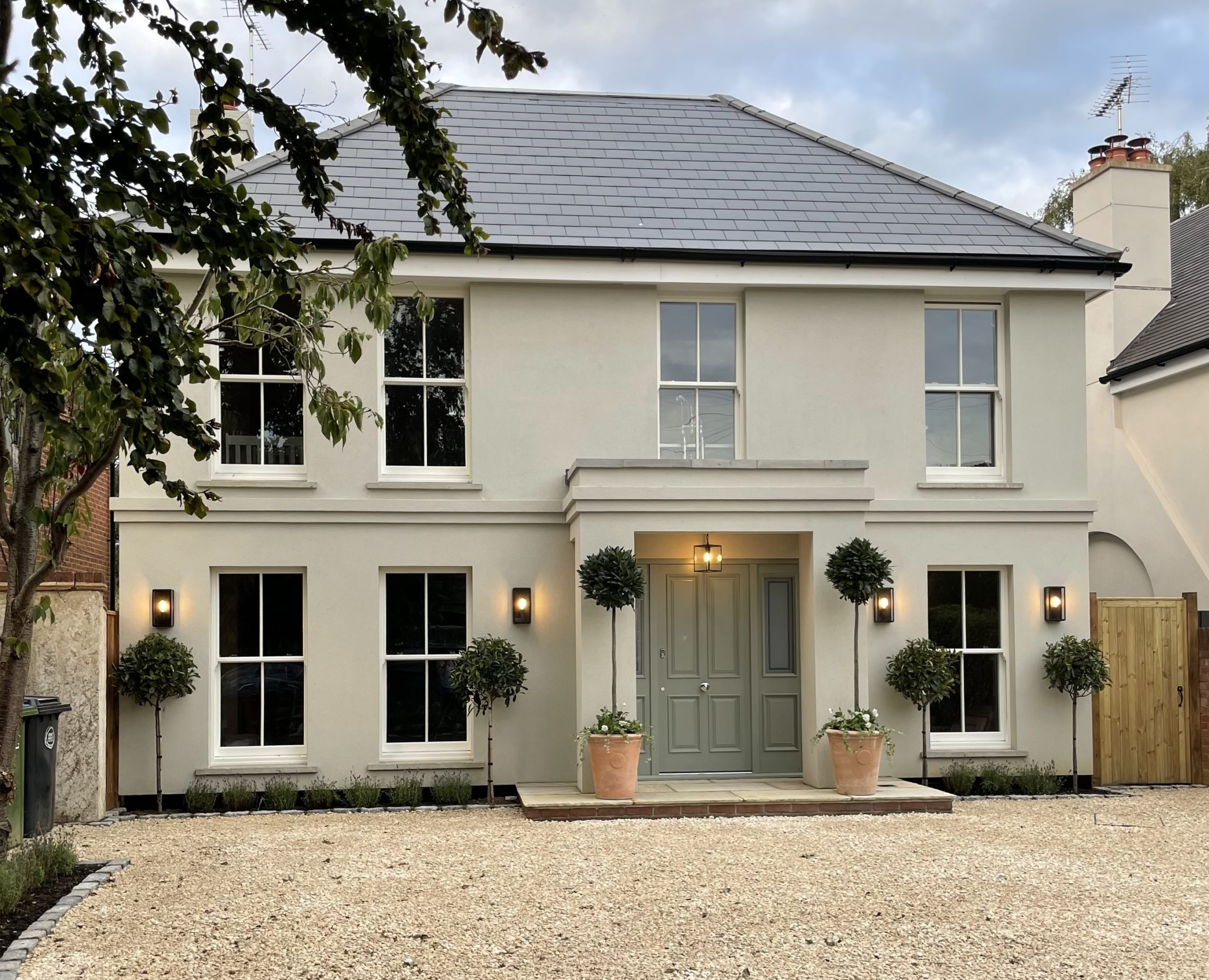
Woodworm is the term used to describe a number of wood boring insects but mainly applies to the commonly called furniture beetle. All wood boring insects are commonly known under the generic term ‘woodworm’ with four main types that are found in the timbers of property:
- Common Furniture Beetle
- House Longhorn Beetle
- Death Watch Beetle
- Wood Boring Weevil
All can cause damage with the two main culprits being the Common Furniture Beetle (Anobium Punctatum) and the House Longhorn Beetle (Hylotrupes Bajulus).
There are other types of insect that could cause woodworm, the video below can help you identify the different types
So how did they get there in the first place?
The female of all the species will lay their eggs in moist, nutritious timber; normally recently felled trees. The larvae will then burrow their way below the surface.
- The Common Furniture Beetle is also known to infest seasoned timber depending upon heat and humidity and can remain hidden for 3-5 years, pupate then emerge as an adult.
- The House Longhorn Beetle can take up to 8 years to pupate and due to its size, it is the most destructive.
All wood boring insects survive on the nutrients within the wood, so as the timber seasons and the wood dries out the insects exit to start the breeding cycle again. The Death Watch Beetle (Xestobium Refovillosum) normally attacks hardwoods; it derived its name as it was commonly found in the oak beams of churches.
Finally, the Wood Boring Weevil loves damp conditions and is usually found where the wood has started to decompose due to wood rotting fungi.










